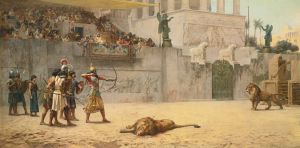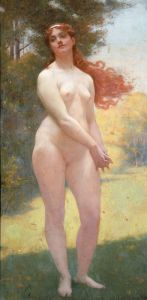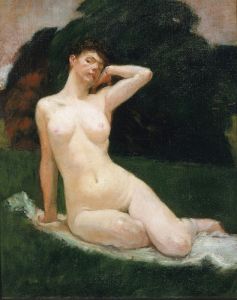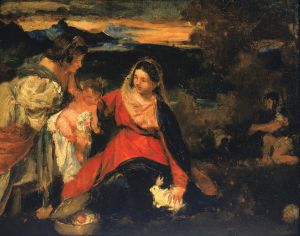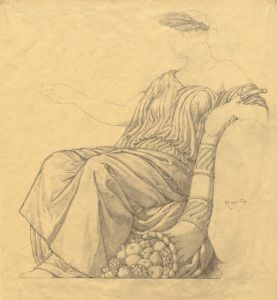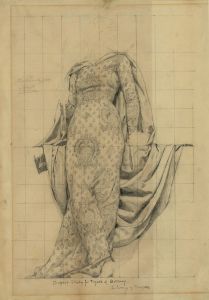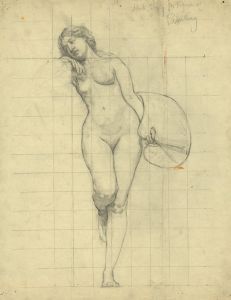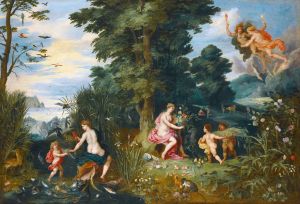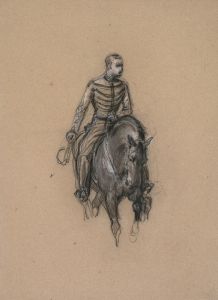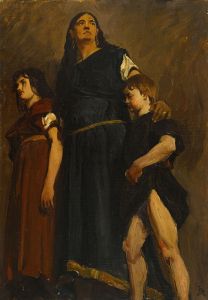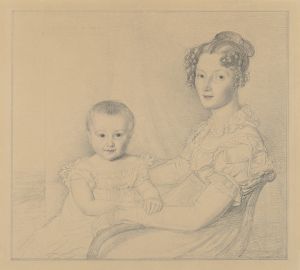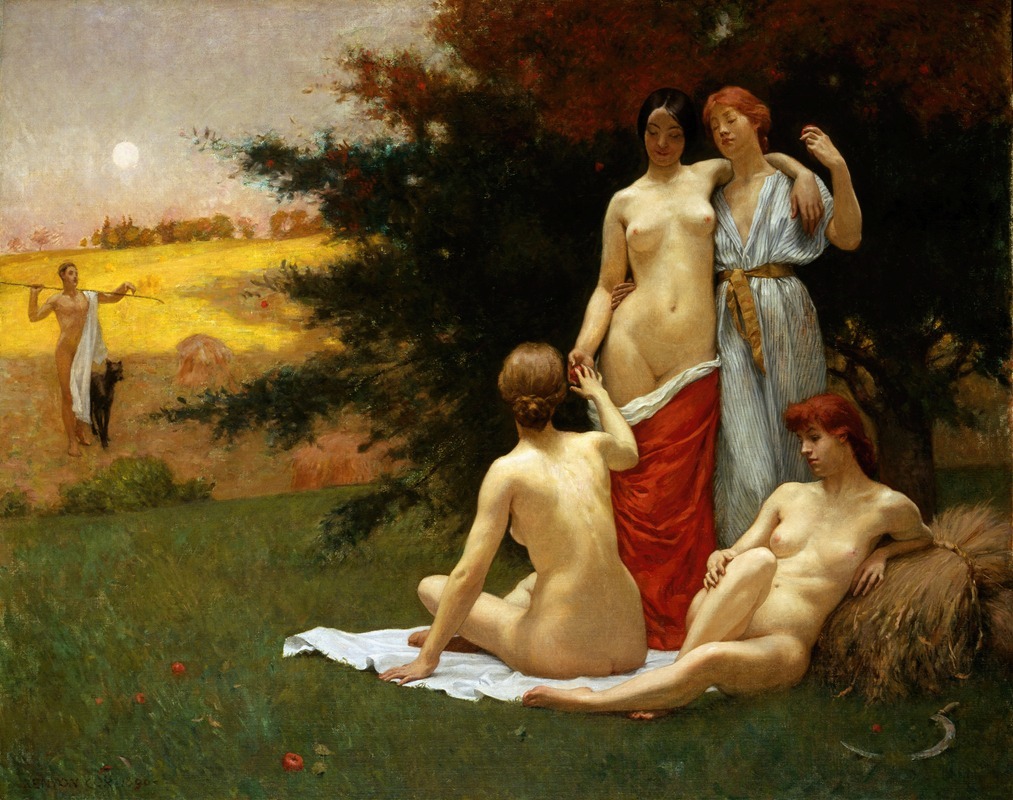
An Eclogue
A hand-painted replica of Kenyon Cox’s masterpiece An Eclogue, meticulously crafted by professional artists to capture the true essence of the original. Each piece is created with museum-quality canvas and rare mineral pigments, carefully painted by experienced artists with delicate brushstrokes and rich, layered colors to perfectly recreate the texture of the original artwork. Unlike machine-printed reproductions, this hand-painted version brings the painting to life, infused with the artist’s emotions and skill in every stroke. Whether for personal collection or home decoration, it instantly elevates the artistic atmosphere of any space.
Kenyon Cox (1856–1919) was an American painter, illustrator, muralist, and writer, known for his academic style and contributions to the American art scene in the late 19th and early 20th centuries. One of his notable works is "An Eclogue," a painting that reflects his classical training and interest in allegorical and pastoral themes.
"An Eclogue" was created in 1890 and is a prime example of Cox's ability to blend classical themes with a modern sensibility. The term "eclogue" refers to a type of pastoral poem, often involving dialogues between shepherds and focusing on rural life and nature. This theme was popular in classical literature and was revived during the Renaissance and later periods. Cox's painting captures this pastoral essence, depicting an idealized rural scene that evokes a sense of tranquility and harmony with nature.
The composition of "An Eclogue" is carefully balanced, showcasing Cox's skill in drawing and his understanding of classical proportions. The figures in the painting are rendered with a sense of grace and poise, reflecting Cox's academic training and his admiration for the works of the Old Masters. The use of light and shadow in the painting enhances the three-dimensionality of the figures and the landscape, creating a sense of depth and realism.
Cox's choice of subject matter in "An Eclogue" aligns with the broader trends in American art during the late 19th century, where there was a renewed interest in classical themes and techniques. This period saw a shift away from the more dramatic and emotional styles of the earlier Romantic period, towards a more restrained and disciplined approach, often referred to as academic art. Cox was a leading figure in this movement, advocating for a return to classical ideals and techniques in both his art and his writings.
In addition to his work as a painter, Kenyon Cox was a prolific writer and art critic. He wrote extensively on art theory and criticism, and his writings often reflected his belief in the importance of classical art and its relevance to contemporary society. Cox's advocacy for academic art was influential in shaping the direction of American art education during his time.
"An Eclogue" is representative of Cox's broader body of work, which often explored themes of beauty, harmony, and the idealization of nature. His paintings frequently featured allegorical and mythological subjects, rendered with a meticulous attention to detail and a deep appreciation for the traditions of classical art.
Today, Kenyon Cox is remembered as an important figure in American art history, both for his contributions as an artist and for his role in promoting academic art in the United States. "An Eclogue" remains a testament to his skill as a painter and his dedication to the ideals of classical beauty and harmony.





